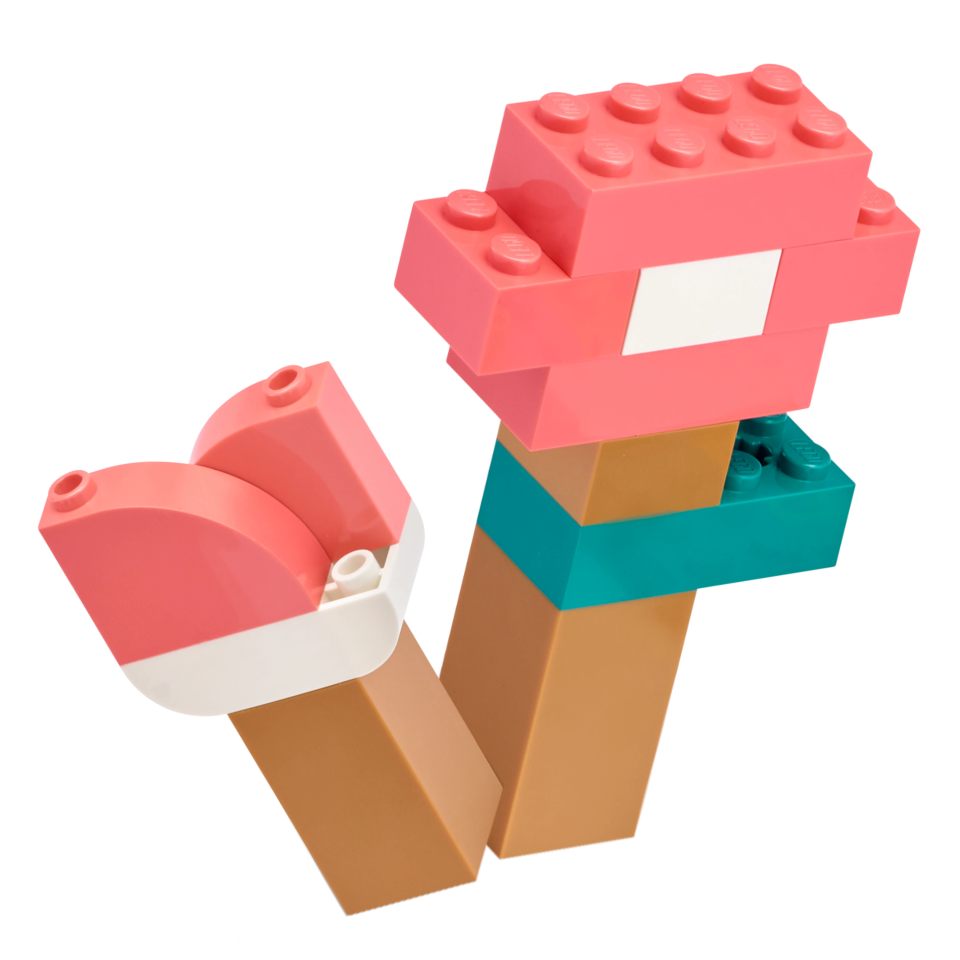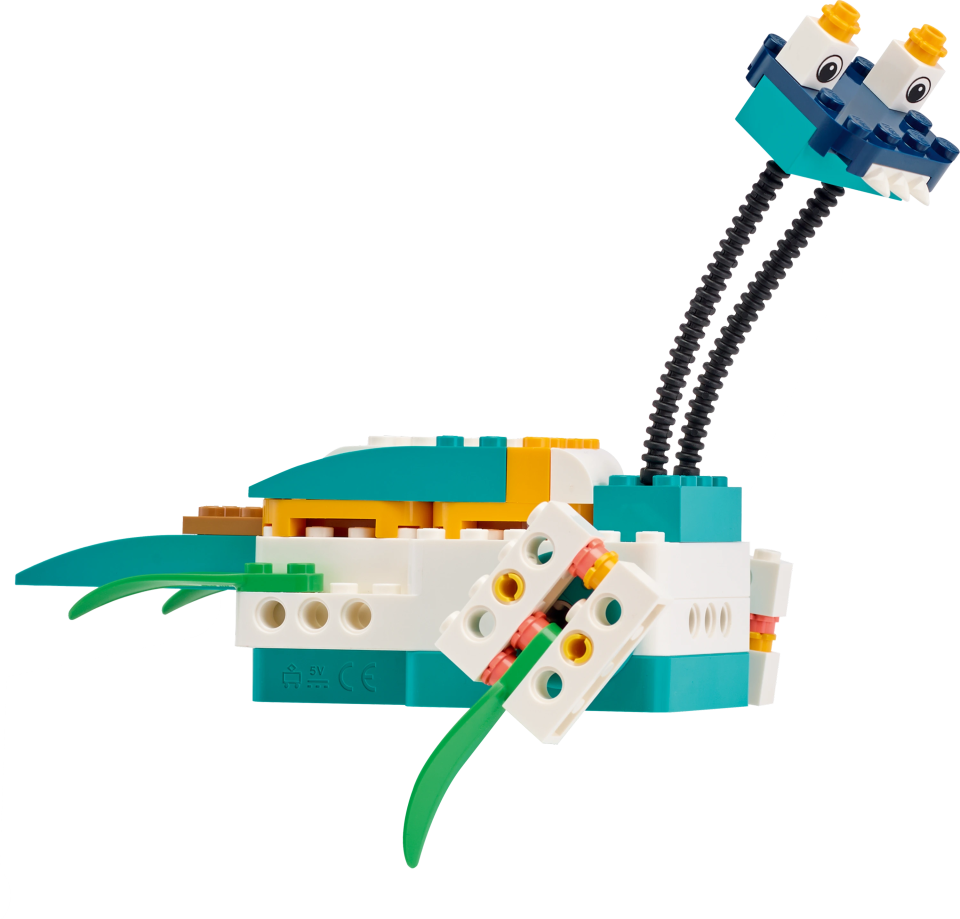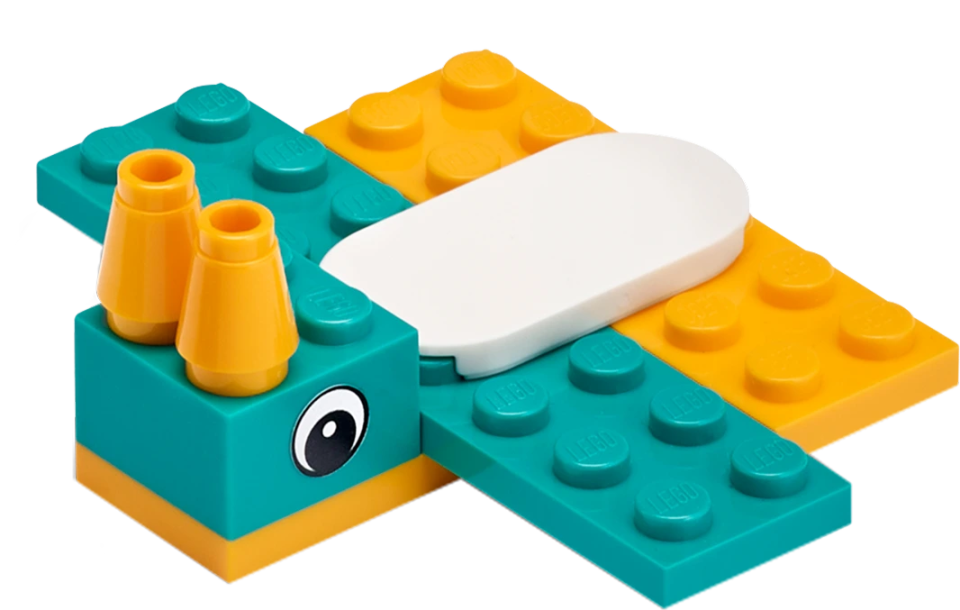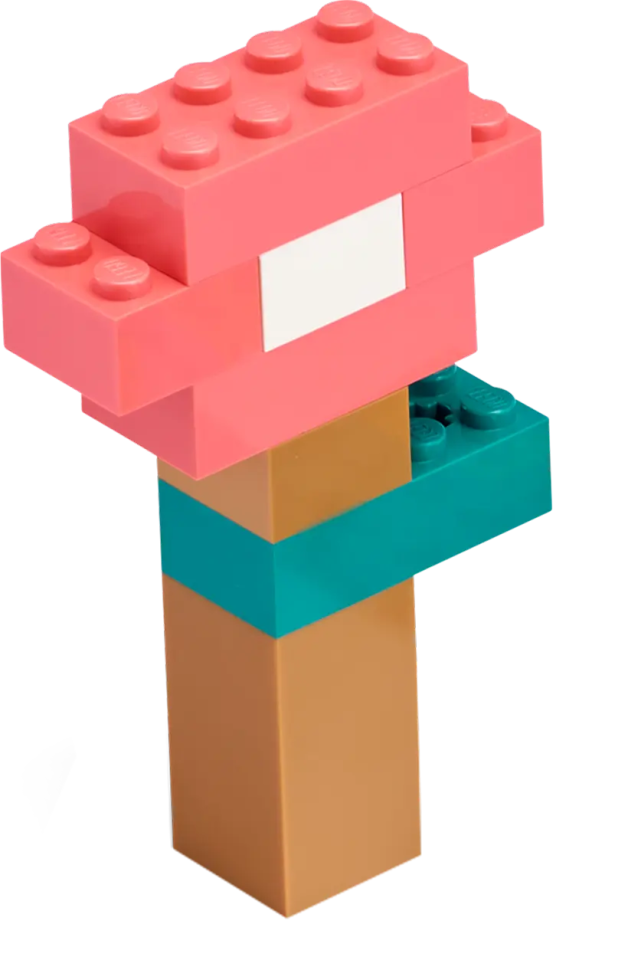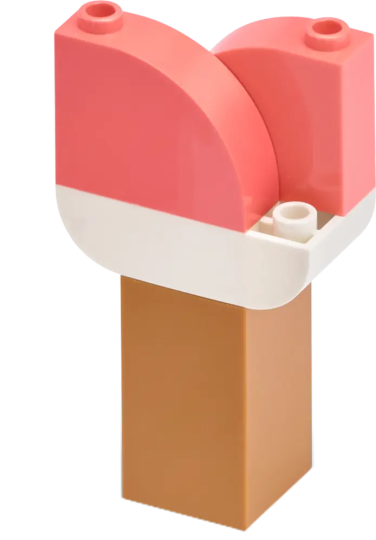The Crane Mission (2019)
Coach your team through a real FIRST LEGO League mission and prepare them for the challenges to come!
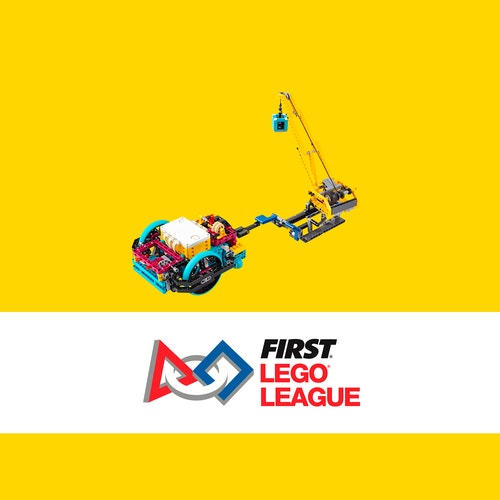
Lesson plan
1. Prepare
- Read through the student material in the LEGO® Education SPIKE™ App.
- To complete this lesson, your students could use the Advanced Driving Base model and the Dozer Blade and Lift Arm attachments.
Engage (10 Min.)
- Use the ideas in the Ignite a Discussion section below to engage your students in a discussion related to this lesson.
- Use the video to explain the lesson.
Explore (30 Min.)
- Ask them to set up the Crane model on the game field.
- Have them follow the instructions to write a program to drive their robot to the Crane and activate it.
Explain (10 Min.)
- Facilitate a discussion about the key functionalities of the robot in triggering the crane to drop the Building Units.
Elaborate (40 Min.)
- Have each team practice lining up their robot and sending it on a mission to activate the Crane.
- Ask if they noticed anything they should be especially aware of for mission (e.g., the crane can be rotated before activating so that it drops the building module in a different location).
- Prompt a discussion about how they could rotate the Crane before activating it.
- Don't forget to leave some time for cleanup.
6. Evaluate
- Give feedback on each student's performance.
- You can use the assessment rubrics provided to simplify the process.
Ignite a Discussion
Use these questions to engage your students in a discussion about how they can use what they've learned so far to successfully complete this mission:
- What's the robot doing?
- How does the robot reach the Crane?
- How does the robot activate the Crane?
- What's the ideal balance between speed and accuracy for this mission?
Have your students watch this video to see what they're about to do.
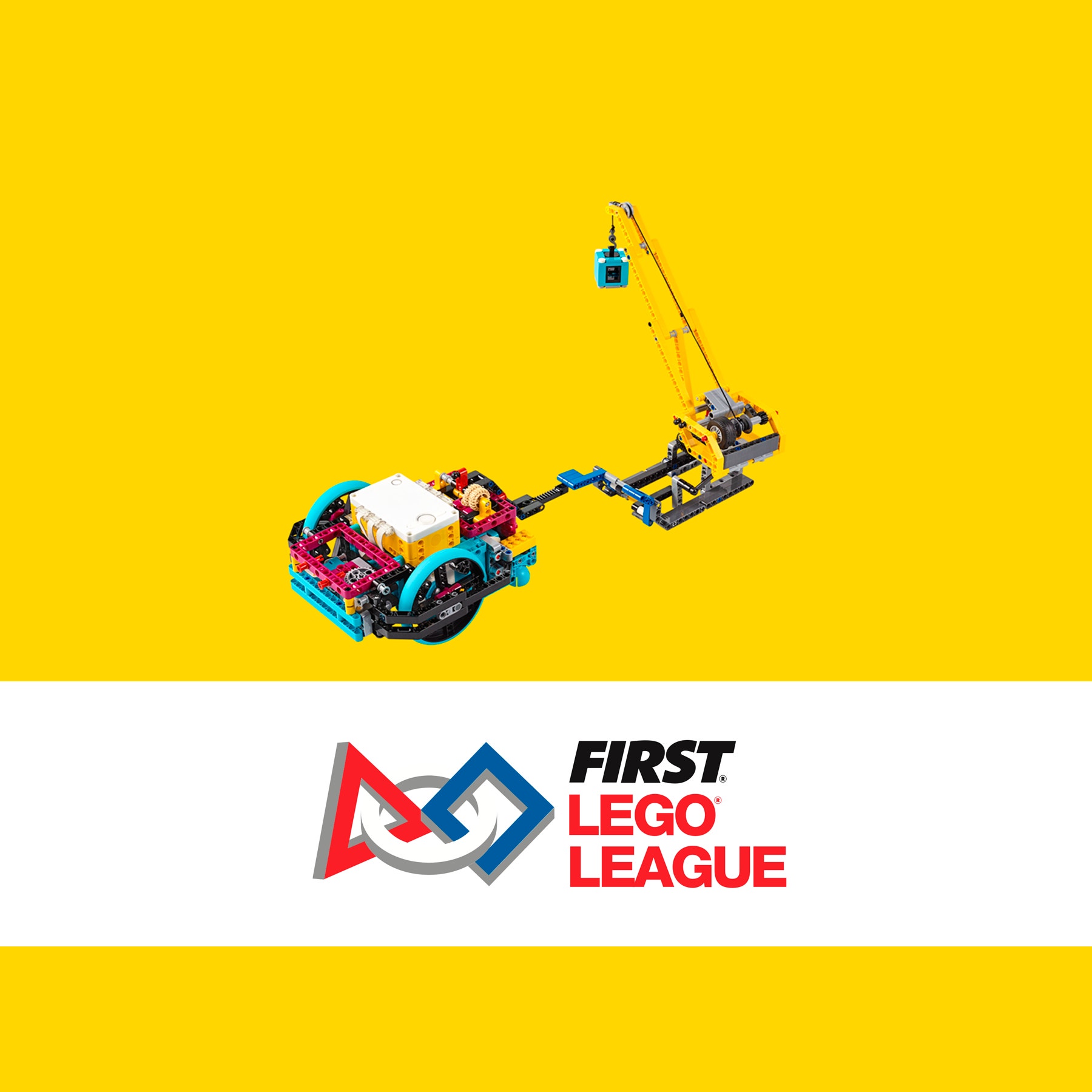
Building Tips
Setting Up the Crane Model
Share these tips with your students as they're setting up the crane:
- Make sure the crane is built correctly and operates as it should.
- Carefully apply the Dual Lock and correctly position the crane on the mat.
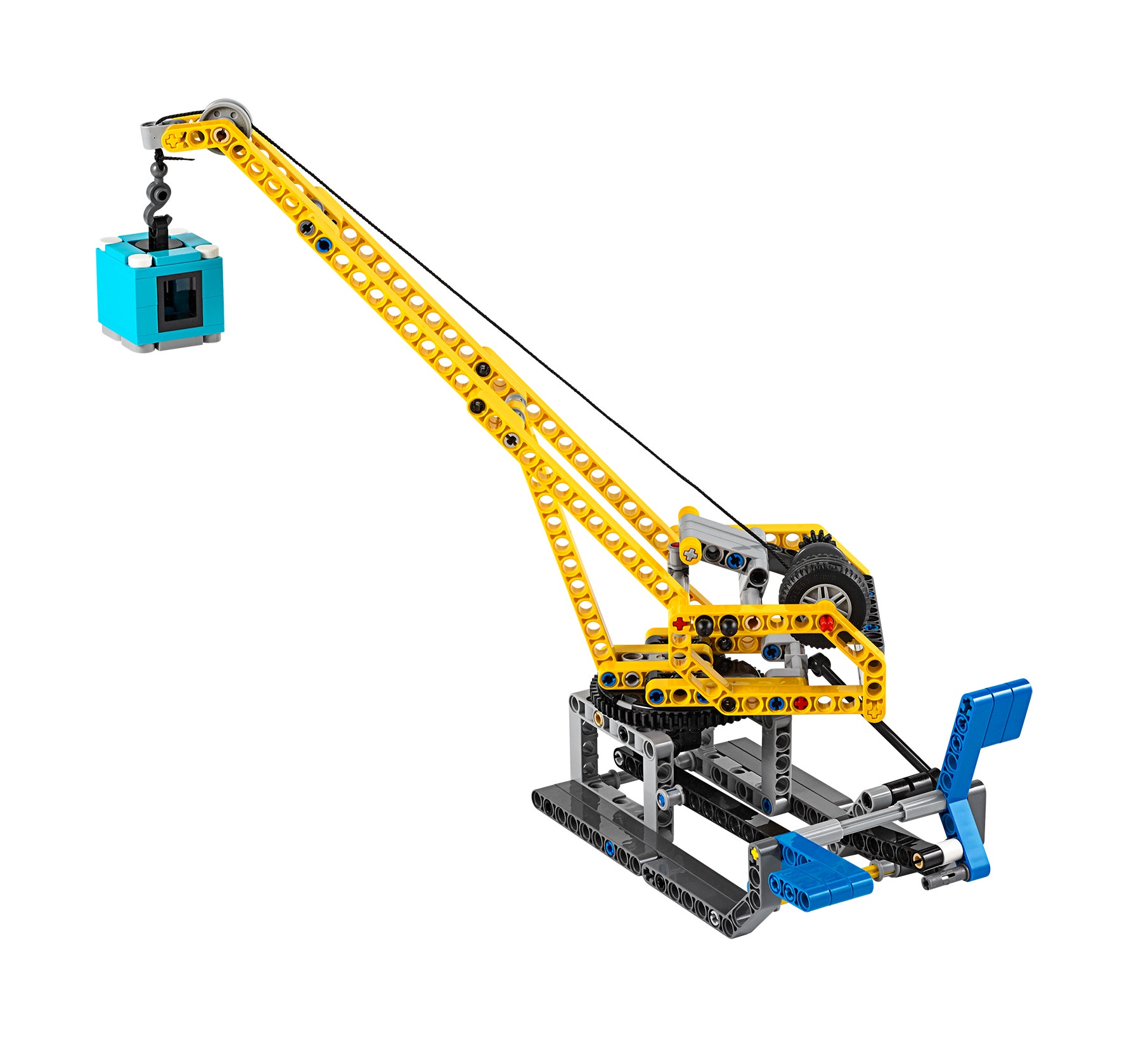
Activating the Crane
- Try activating the blue levers to ensure the crane releases and pivots smoothly.
- Reset your crane after each activation.
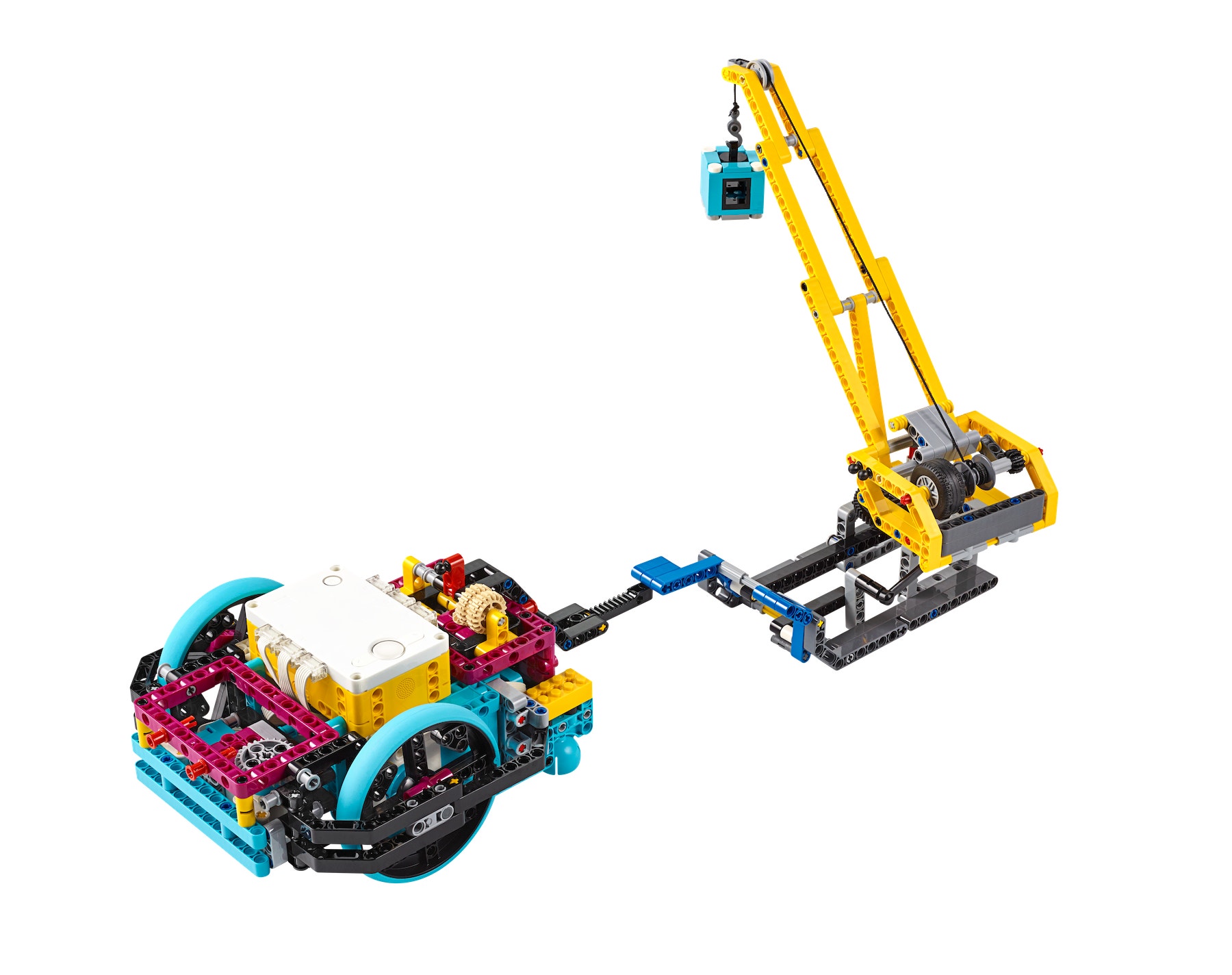
Setting Up the Crane on the Mat
Here's the correct position of the crane model on the playing surface:
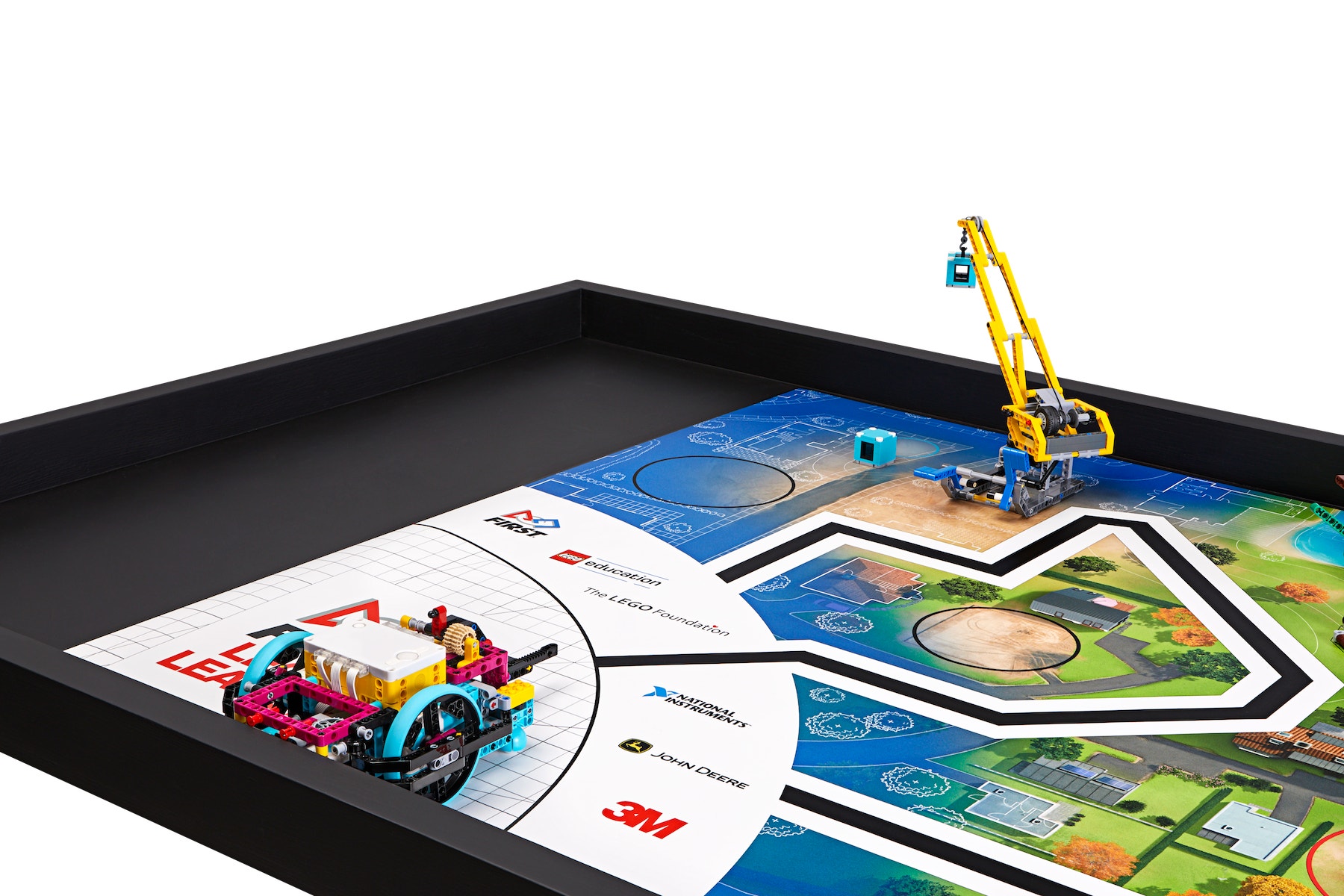
Coding Tips
Main Program

Possible Solution

Differentiation
Simplify this lesson by:
- Focusing on the robot's accuracy in following the line to reach the Crane
- Solving one part of the mission with your students as a group
Take this lesson to the next level by:
- Challenging your students to rotate the Crane before activating it
- Assigning another one of this year's FIRST LEGO League challenges to be done before or after this mission
Assessment Opportunities
Teacher Observation Checklist
Create a scale that matches your needs, for example:
- Partially accomplished
- Fully accomplished
- Overachieved
Use the following success criteria to evaluate your students' progress:
- Students worked well as a team to complete one Crane mission.
- Students worked together as a team to complete all of the Crane missions.
- Students can present their robot, program, and mission strategy, explaining how they've successfully completed each Crane mission.
Self-Assessment
Have each student choose the brick that they feel best represents their performance.
- Blue: I've successfully completed one mission.
- Yellow: I've successfully completed all of the missions.
- Violet: Along with my team, I've presented our robot, program, and mission strategy to our coach with each team member participating.
Peer-Assessment
Encourage your students to provide feedback to others by:
- Having one student score the performance of another using the colored brick scale above.
- Asking them to present constructive feedback to each other so that they can improve their group's performance during the next lesson.
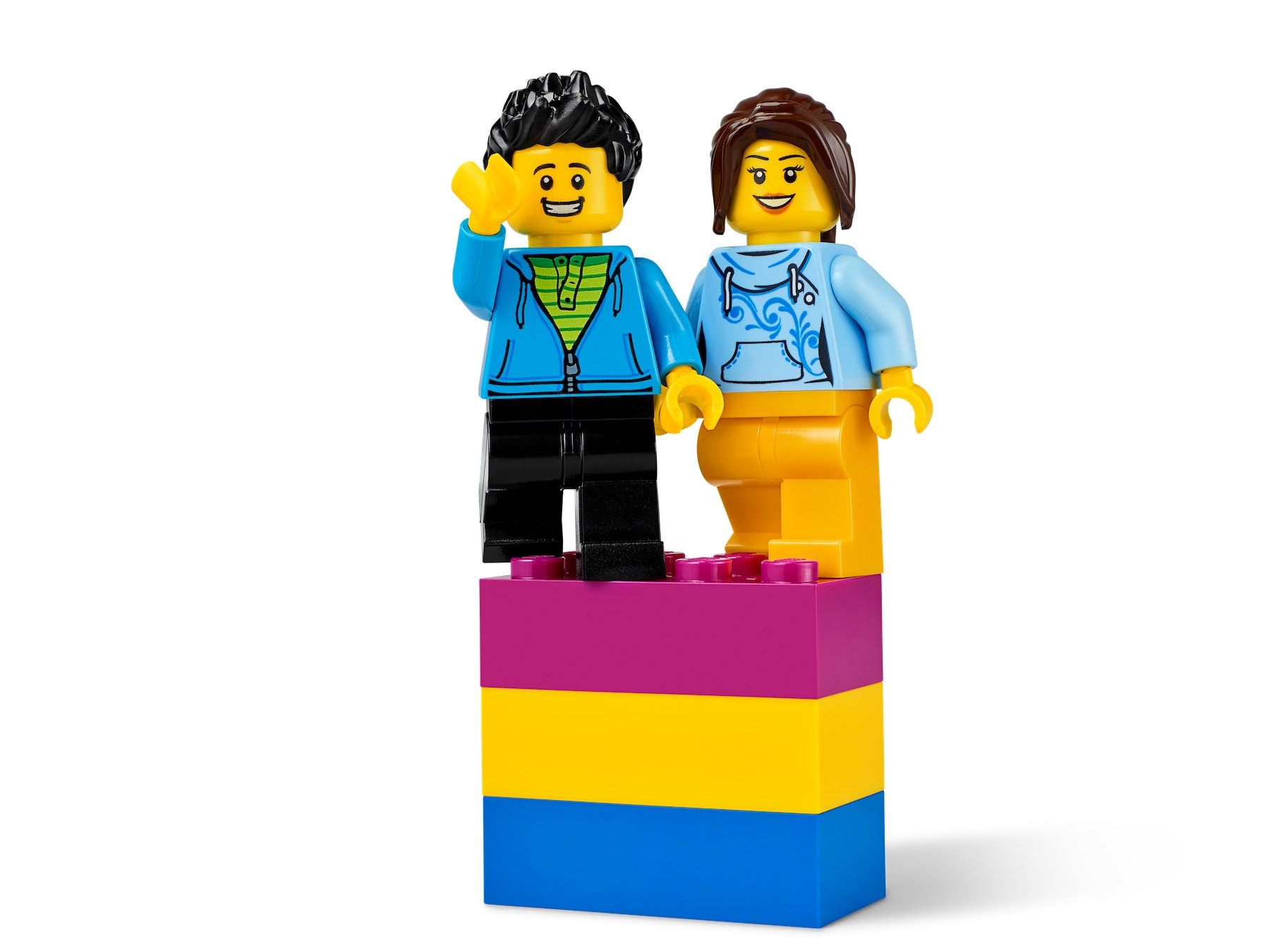
Language Arts Extension
To incorporate language arts skills development:
- Have your students prepare and deliver a presentation about how they developed an effective strategy for completing the Crane Mission in the shortest amount of time.
Note: This will make for a longer lesson.
Career Links
Students who enjoyed this lesson might be interested in exploring these careers pathways:
- Manufacturing and Engineering (Pre-Engineering)
- Information Technology (Computer Programming)
- Construction and Architecture (Architecture)
Teacher Support
Students will:
- Complete their first FIRST LEGO League mission
- Have their robot interact with the game field
LEGO® Education SPIKE™ Prime Set
LEGO® Education SPIKE Prime Expansion Set
FIRST® LEGO® League Challenge Set
NGSS
MS-ETS1-4
Develop a model to generate data for iterative testing and modification of a proposed object, tool, or process such that an optimal design can be achieved.
CSTA
2-AP-11 6-8
Create clearly named variables that represent different data types and perform operations on their values.
2-AP-14 6-8
Create procedures with parameters to organize code and make it easier to reuse.
2-AP-19 6-8
Document programs in order to make them easier to follow, test, and debug.
Common Core
CCSS.MATH.CONTENT.7.G.B.4
Know the formulas for the area and circumference of a circle and use them to solve problems; give an informal derivation of the relationship between the circumference and area of a circle.
CCSS.ELA-LITERACY.W.6.1
Write arguments to support claims with clear reasons and relevant evidence.
Analyze proportional relationships and use them to solve real-world and mathematical problems.
